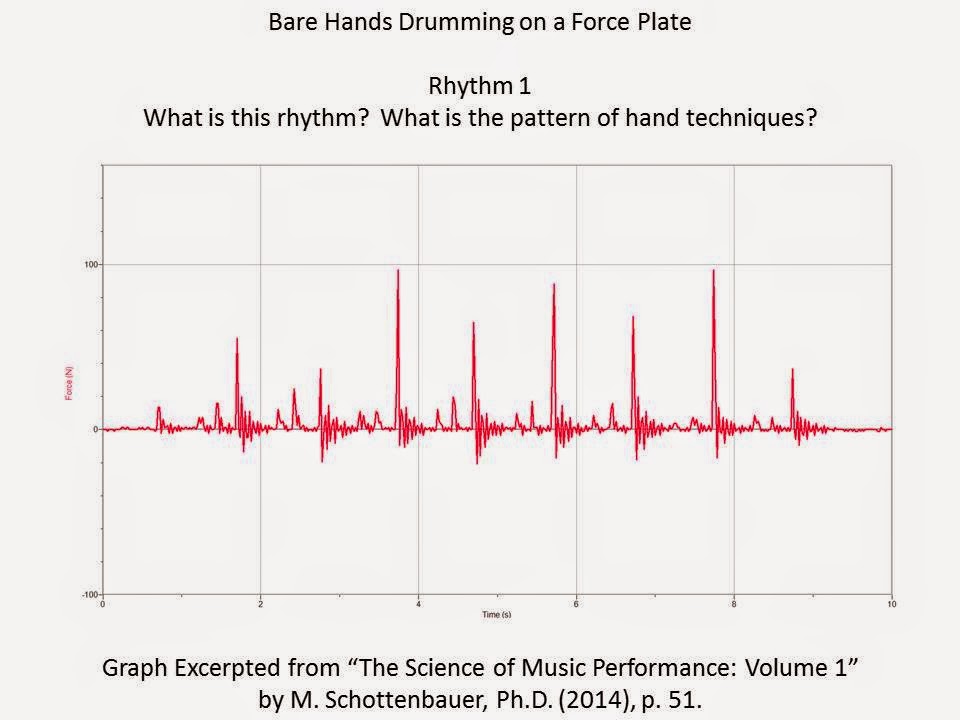No just make sure every source is the right way around and you don't need to change it at the preamp.The natural way to change absolute phase in an analogue amplification chain of a multi-source system is inside the preamp or at the preamp/amp interface. Once the source selection and volume setting is done.
A polarity change is the same as a 180° phases change for ALL frequency'sHow do we get a positive impulse to end up as a negative signal?
but that just semantics.

